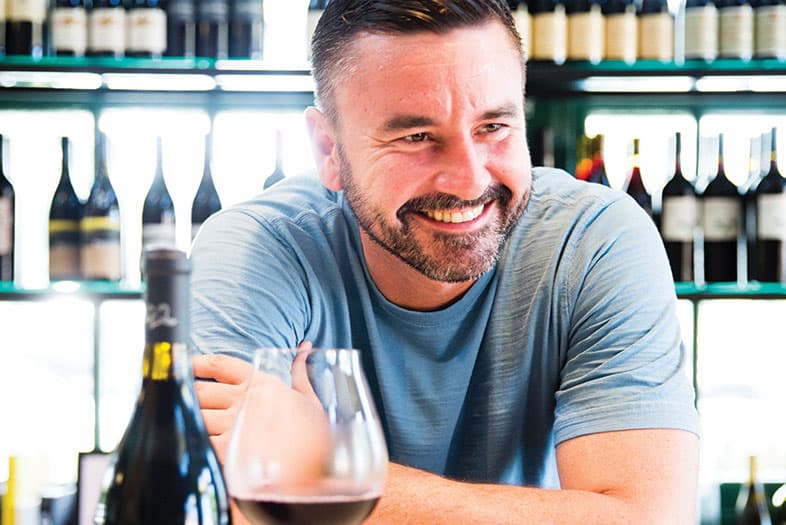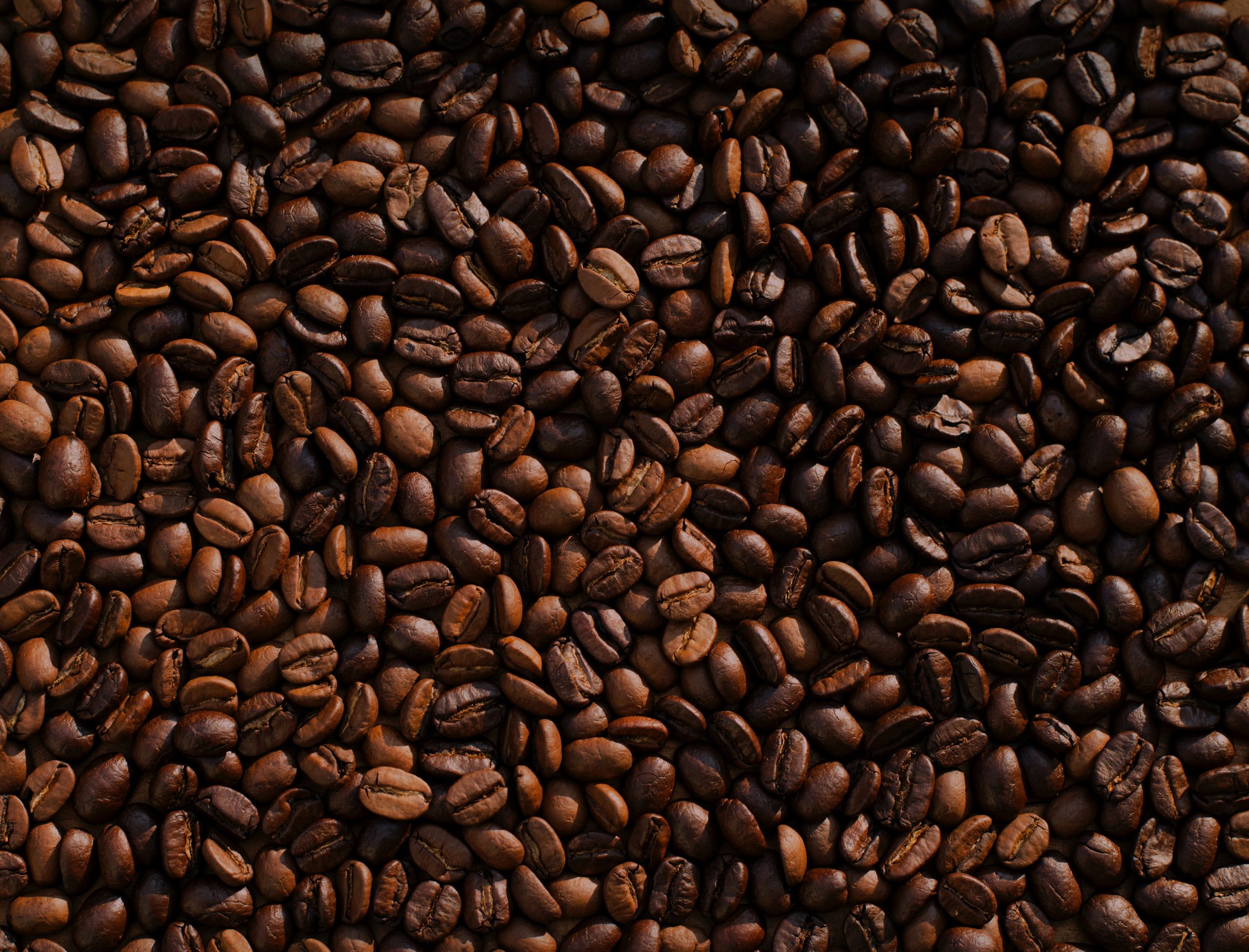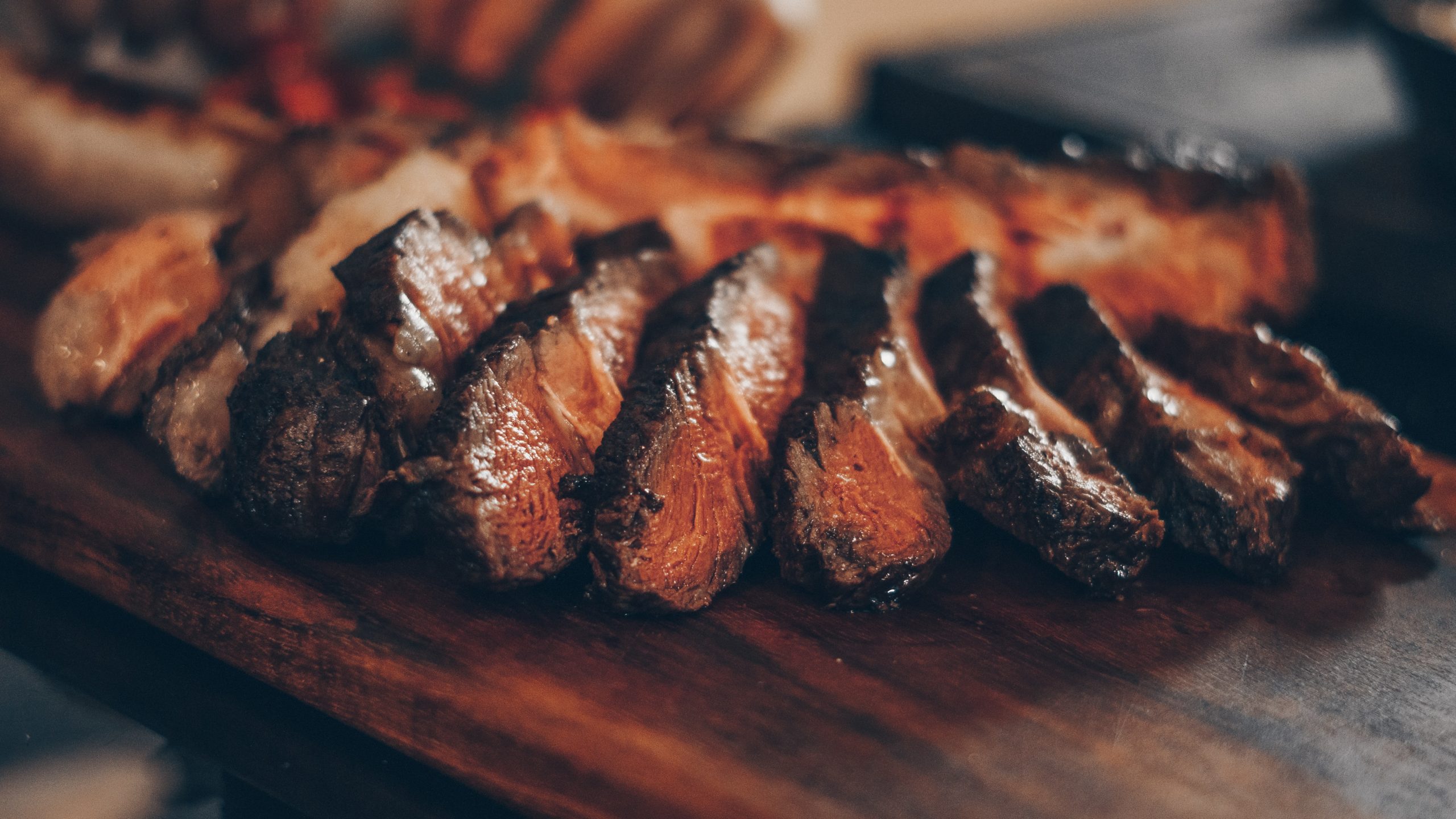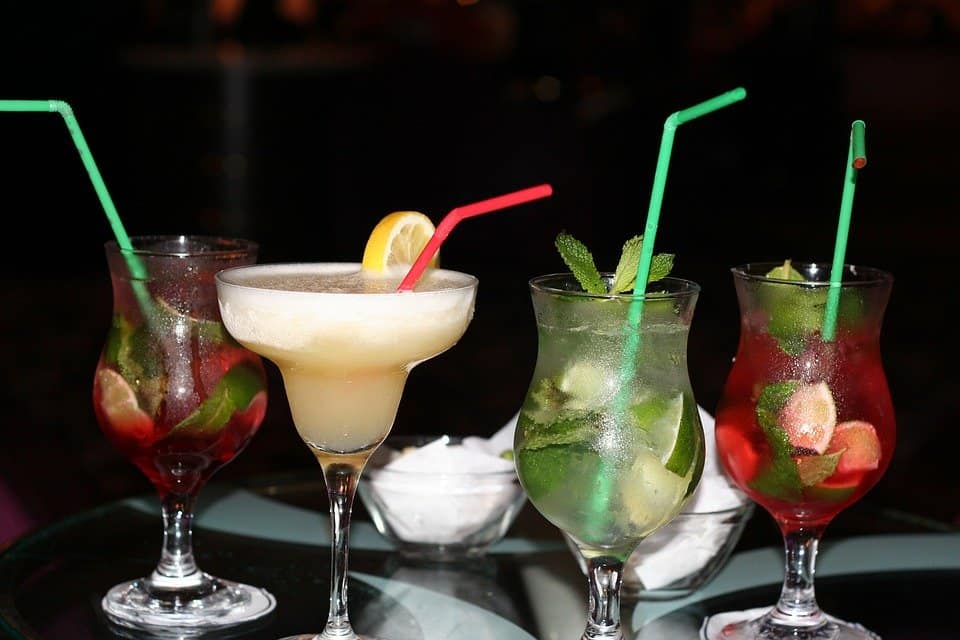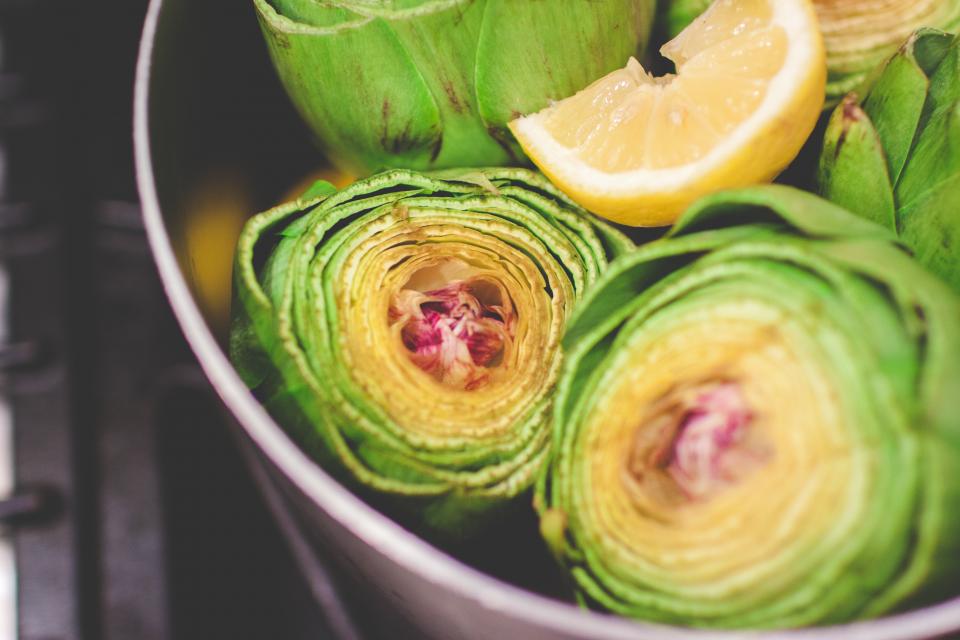Forget Starbucks. The best cup of Joe should come straight from your kitchen.
For too long, getting a cup of coffee has meant standing in line with a bunch of soy-latte (or Bavarian-cream-doughnut) lovers. A grown man should not be captive to the merely adequate eye-openers available near his home or office: He should be able to make a great cup himself—and that’s never been easier. Thanks to a generation of American coffee pioneers, anyone can craft a perfect brew, with beans from a new crop of small roasters, the right tools, and a couple of minutes of effort. Plus, just think of the satisfaction you’ll take in waltzing past the suckers waiting for their morning dose of burnt Sumatra.
BREW MASTER
James Freeman, the founder of Blue Bottle Coffee Company, who also runs four cafés in San Francisco, spells out what it takes to achieve a perfect cup—with or without a machine.
Q: How long are beans good for? And how do you store them?
A: They’re best within the week after they’re roasted—as long as you store them in an airtight container in your cupboard, not your refrigerator or freezer. Ground beans for brewed coffee are at their best for an hour (for espresso, about 45 seconds), so grind only as needed.
Q: How do you make a cup at home?
A: I have a 1981 San Marco commercial lever espresso machine hooked into my plumbing and a butane-burner-heated siphon pot, among 20 other brewing devices. But you don’t have to geek out like that: For the highest-quality brewed coffee with the least fuss, all you need is a ceramic dripper ($16, bluebottlecoffee.net), a good filter, and a grinder. Just pour hot water over four tablespoons of coarsely ground beans and let it drip into your cup.
Q: Coffee freaks seem to be obsessed with water temperature. Why is it so important?
A: If you’re serious about baking cookies, then you’re fanatical about oven temperature. If you’re serious about brewing coffee, you’re into water temperature. There’s a certain range—about 185 to 205 degrees—that lets you bring out certain flavors and suppress others. If you’re really obsessive, you’ll move through that range depending on the roast level, the bean variety, and the way you’re making the coffee.
ROAST WHISPERERS
The industry’s innovators are creating coffees that have the complexity of fine wines. Here are the homegrown companies that are redefining how the pick-me-up ought to taste.
1. Counter Culture Coffee
Before coffee is transformed into beans, it’s tropical fruit, and one reason Counter Culture excels is that it treats new-crop coffee like just-harvested produce. The crew behind the Durham, North Carolina, company does its cooking when the so-called coffee cherries are at their seasonal peak—right after they’re picked, dried, and milled. Combine that with direct-trade sourcing from the best farms, and just try to go back to the mass-produced stuff. (919-361-5282, counterculturecoffee.com)
2. Stumptown Coffee Roasters
The indie-roaster superstar Duane Sorenson, the man behind Portland’s Stumptown, has built a reputation as a cocky, publicity-friendly rebel. But he backs up his bluster, dropping more than $100 on occasion for an exceptional pound of beans, auditioning café owners who want to serve his goods, and even setting up a charity to provide bikes to Rwandan farmers to make sure they get those precious cherries to the mill in double-quick time. (503-230-7797, stumptowncoffee.com)
3. Zoka Coffee Roaster & Tea Company
Seattle was the cradle of this country’s biggest coffee revolution—the birthplace of Starbucks. But the Goliath didn’t intimidate small-and-proud Zoka, which has relied on quick turnaround to carve out its niche. Owner Jeff Babcock buys top-notch, sustainably grown coffee beans and gets them into customers’ hands hours after they’re roasted. (866-965-2669, zokacoffee.com)
4. Intelligentsia Coffee
Head buyer Geoff Watts was one of the earliest practitioners of direct trade: He helps farmers grow better beans by holding tastings with them in Peru and Kenya to communicate exactly what he wants from the finished product—and compensating growers when they outdo themselves. In the process, he’s burned through two passports. (888-945-9786, intelligentsiacoffee.com)
5. Terroir
George Howell was stamping his bags with roasted-on dates in 1975, when America was still hopped up on Folgers, and he’s had his hand in almost every major development in the java realm since—most notably cofounding the Cup of Excellence, a sort of coffee Olympics that connects stellar farms with the fanatics willing to pay premium prices. Now Howell runs Massachusetts-based Terroir, which continues to push the envelope by serving only single-farm varieties—so no Breakfast Blend here. (866-444-5282, terroircoffee.com)
In Praise of Diner Coffee
The fact that it doesn’t elicit rhapsodic talk about floral notes and syrupy body is exactly what makes diner coffee so satisfying: It isn’t intended to inspire anything other than the lifting of heavy eyelids. Bottomless cups of slightly scalded drip—either saved from bitterness by sugar and milk or taken, as was Agent Dale Cooper’s in Twin Peaks, “black as midnight on a moonless night”—have helped you face too many long days (and shake off too many long nights) to be forsaken entirely. So while the artfully executed stuff is recommended for most occasions, keep this in mind: You don’t reach for vintage Bordeaux when you just need to get drunk.
